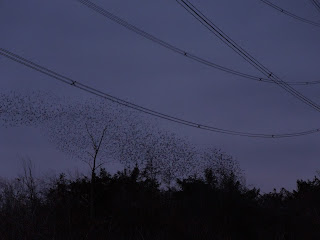Bird records for Standlake Common Nature
Reserve and Rushy Common Nature Reserve and Tar Lakes 2012
The total recorded list is now up to 163 since 2000 with 101 species recorded in 2012.
From the lists of the latest Birds of Conservation Concern 3
(BoCC 3) compiled in 2009 the following numbers of species have been recorded
at Standlake Common Nature Reserve
|
BoCC 3 Red listed
|
SCNR 2012
|
SCNR since 2000
|
|
National number of species 52
|
8
|
24
|
|
BoCC 3 Amber listed
|
|
|
|
National number of
species 126 |
48
|
63
|
A black-winged stilt appeared in April for only the second
time that this beautiful bird has been recorded in Oxfordshire. A great deal of
birding interest was generated but it only stayed for one day and disappeared
into a misty morning the next day.
The total recorded list is now up to 120 since 2005 with 105
species recorded in 2012
|
BoCC 3 Red listed
|
RC and TL 2012
|
RC and TL since
2005
|
|
National number of species 52
|
12
|
14
|
|
BoCC 3 Amber listed
|
|
|
|
National number of
species 126 |
45
|
52
|
Rare species seen in 2012
The greatest rarity for 2012 was a Temmincks stint which
stayed for a few days in January and caused a lot of birding excitement over a couple of days. Some of it not too helpful as people climbed over fences to get a better view.
If you would like a copy of the full list of species recorded please
contact the project office on 01865 815426 or email lwvp@oxfordshire.gov.uk














